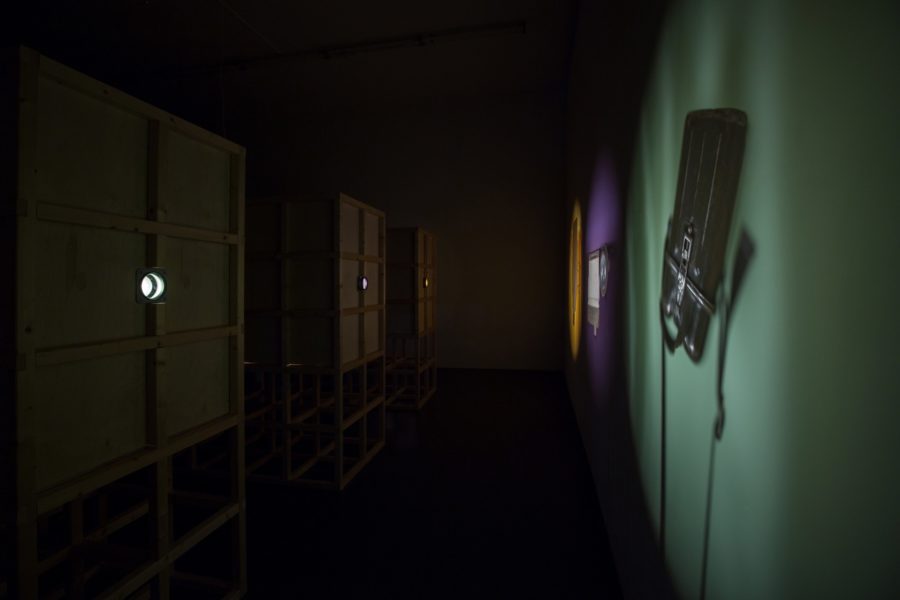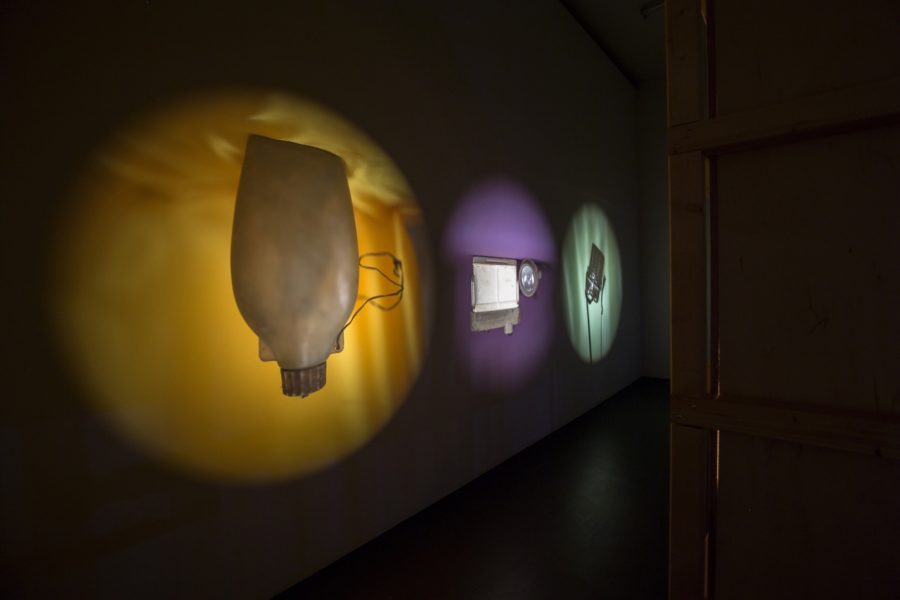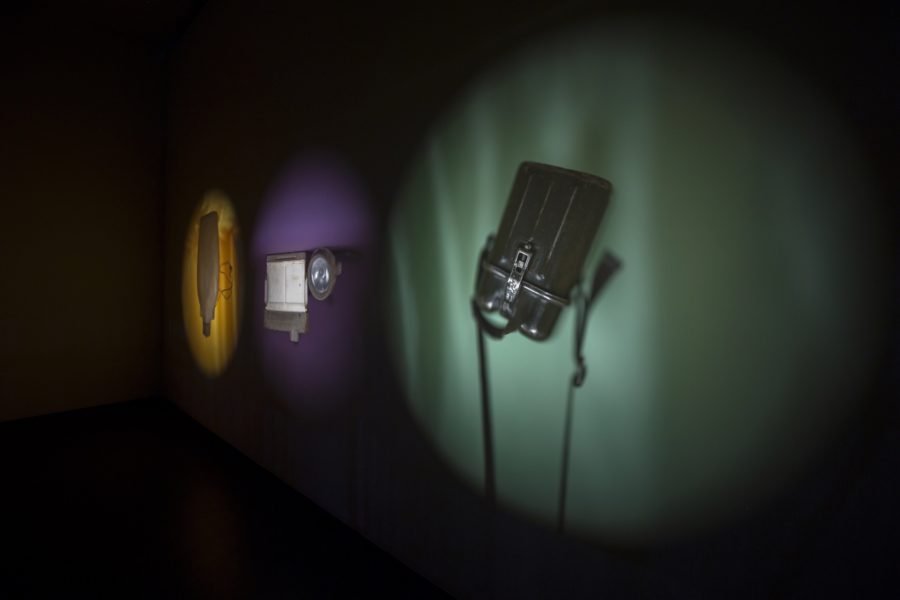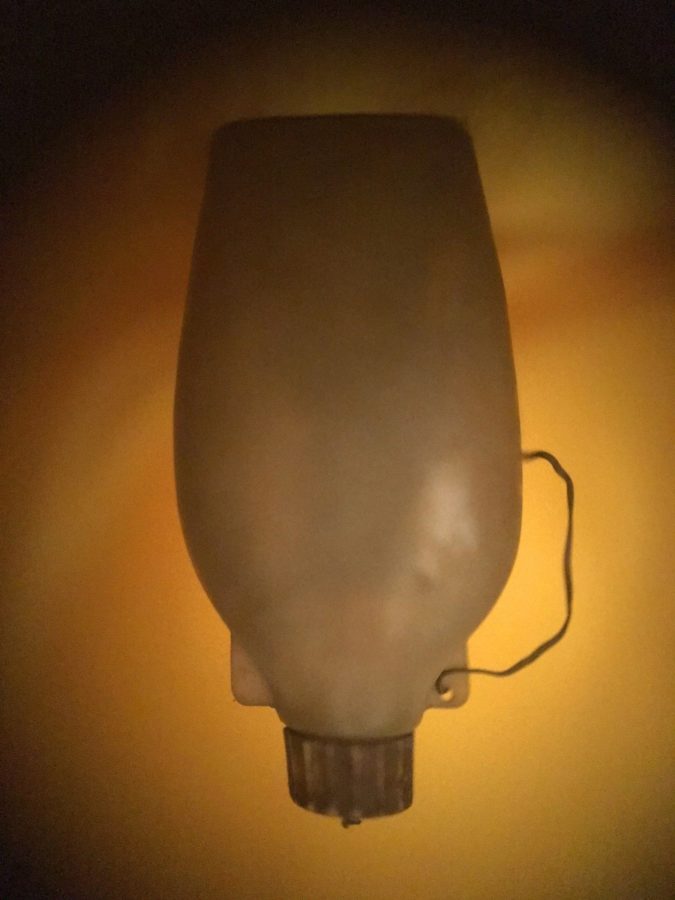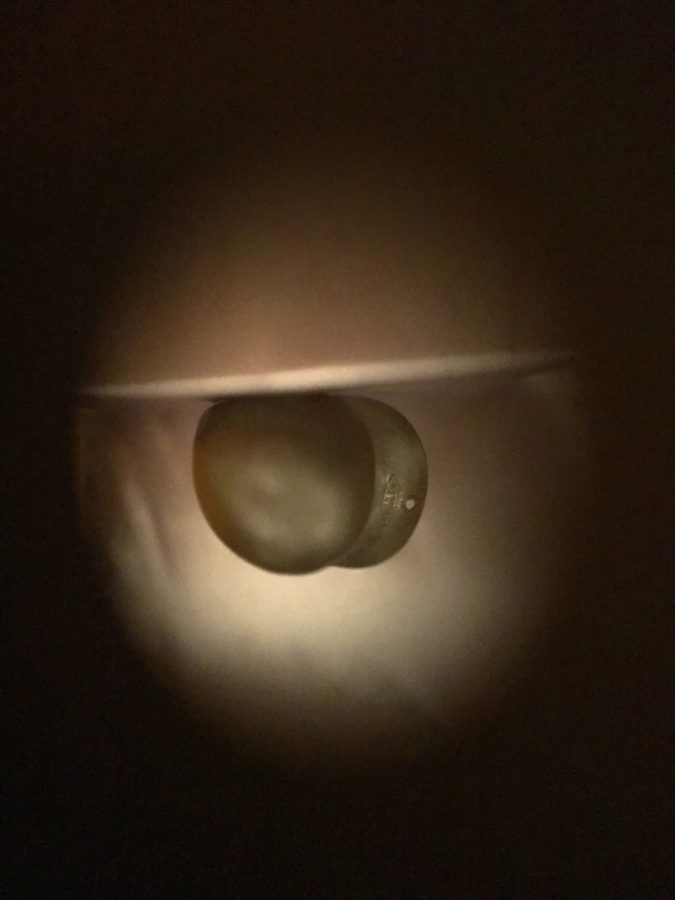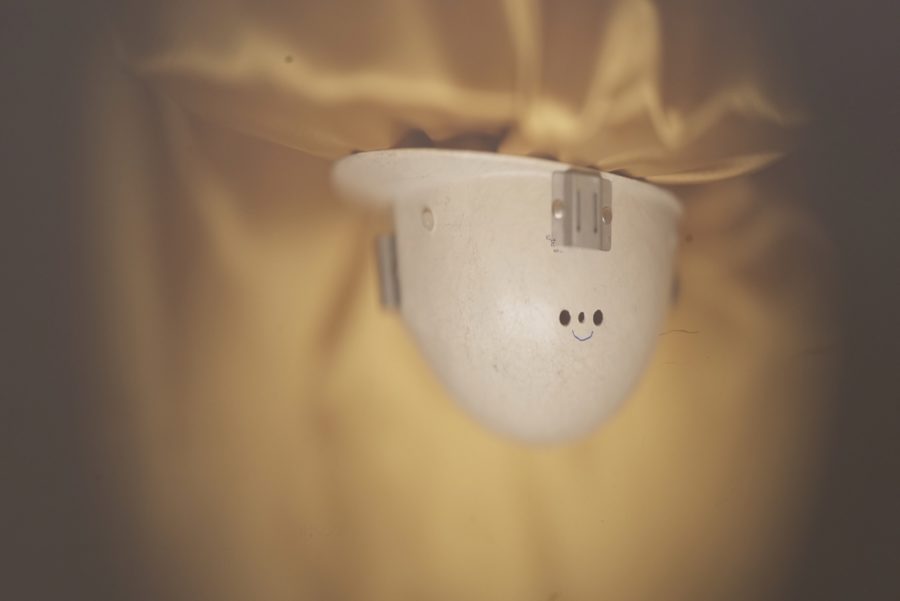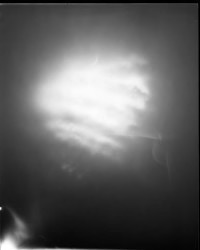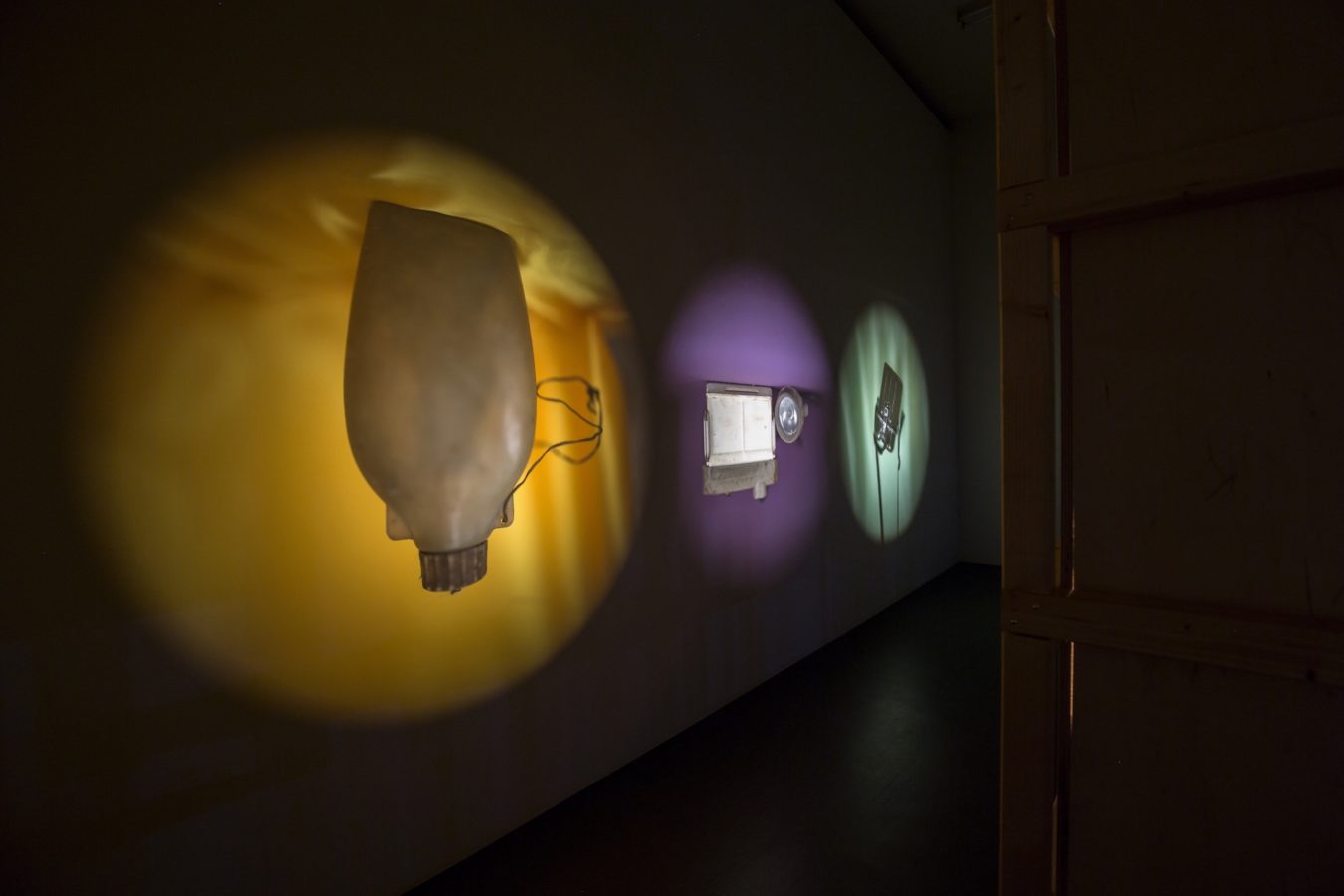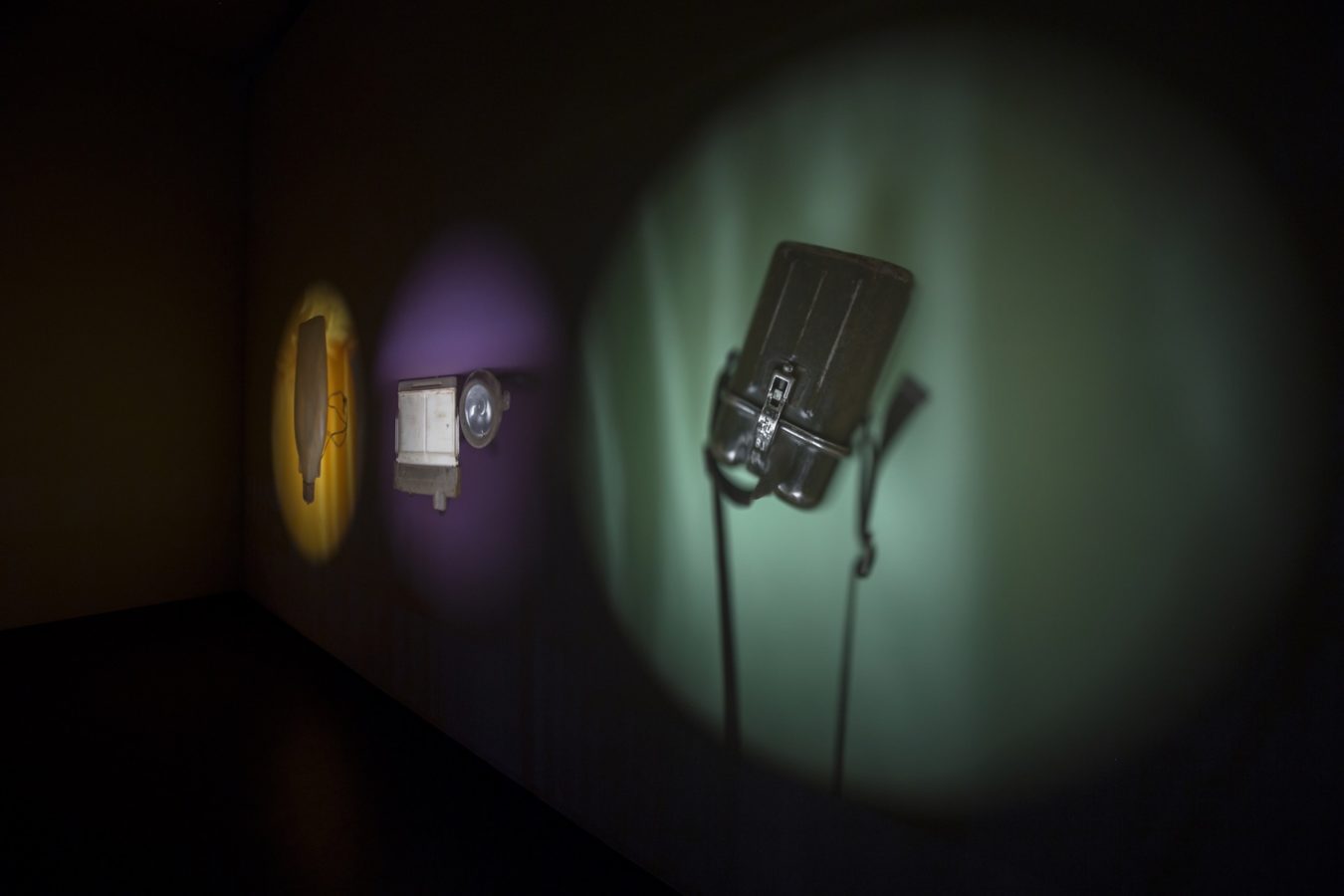Bringing together an assemblage of archival materials, photo documents, literature and found objects, Pechblende investigates concepts of scale, proximity and distance in relation to radioactivity and the body.
Centred on the mineral Pechblende (the German word for a type of uraninite), the work traces a history of scientific and photographic processes narrated through the interconnected sites of laboratory, archive, museum and mine. Highly radioactive and uranium rich, pitchblende was relentlessly mined in the Ore Mountains of the former German Democratic Republic between 1946 and 1989, ultimately facilitating nuclear armament in the USSR. Despite the toxicity of the mines, and the documented health threats to the miners who worked there, the landscape of the Ore Mountains is now under way to being transformed into a tranquil mountain vista, with few recognizable traces of the still-radiating industrial worksites.
Concerned with both the literal and the political invisibility of radioactivity, Kriemann worked with scientists at the American Museum of Natural History (New York), the National Archives (Washington) and the Museum of Natural History (Berlin) to produce various versions of an “autoradiograph”–a unique type of photograph that is the result of directly exposing light-sensitive paper to the pitchblende specimens. This cameraless exposure results in an indexical but highly abstract image, one that is haunted by impressions of the iconic nuclear mushroom cloud and its blinding light.
In Pechblende (chapter 1) Kriemann incorporates a range of museum objects, including tools, chains, and clothing, that together refer to the toxic history of uranium mining and its impact on the body of the miner. Illuminating these objects through inverted camerae obscurae, Kriemann reflects on the timebased visibilities and extended exposure processes of radioactivity.
Group Exhibitions
...- Why not ask again, 2016 11th Shanghai Biennale Curated by: Raqs Media Collective
- Flight Interrupted: Eco-leaks from the Invasion Desk’, 2019 3rd Karachi Biennale Curated by: Muhammad Zeeshan
- Cruel Radiation, 2023 Backlight Festival


